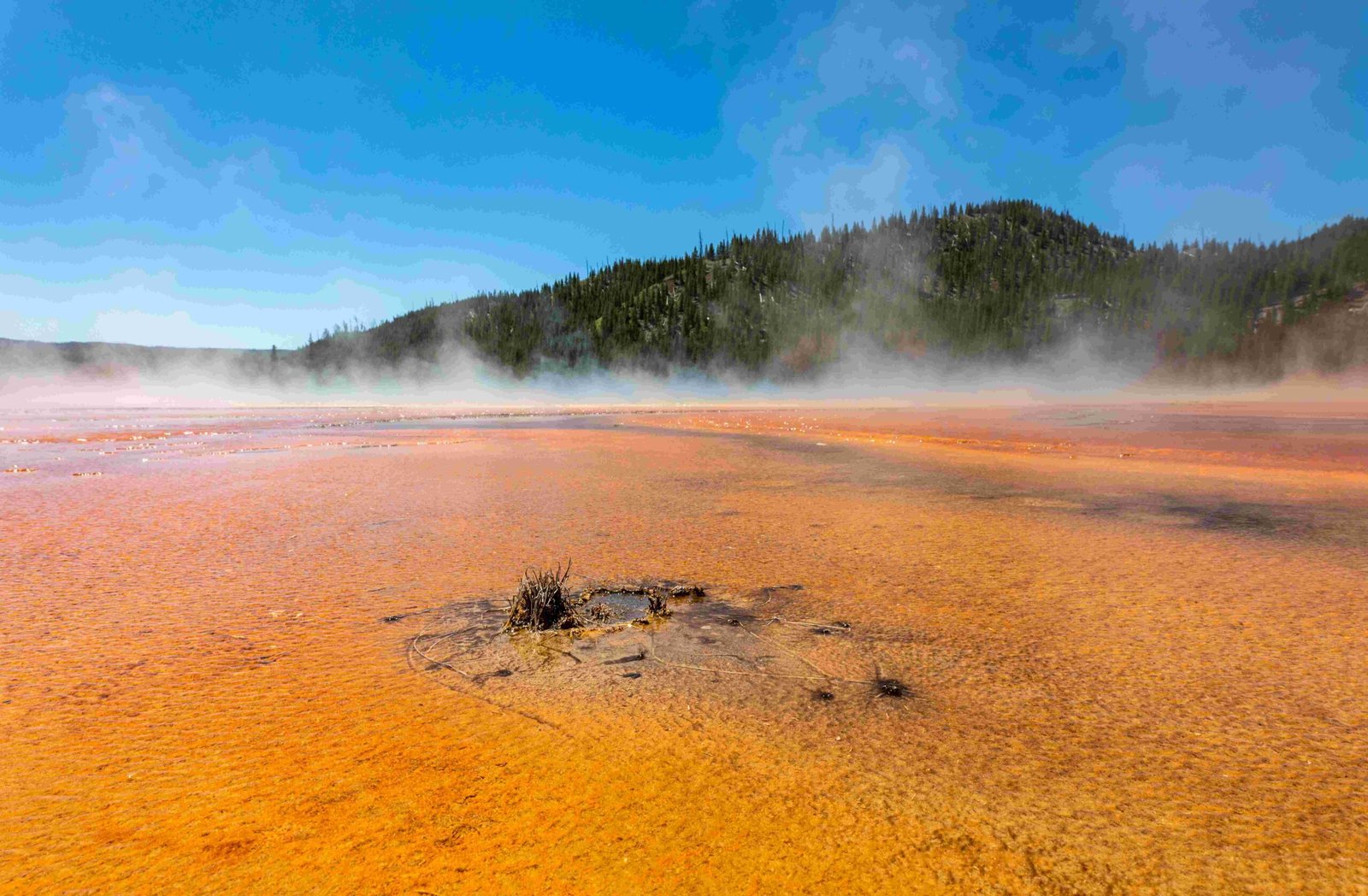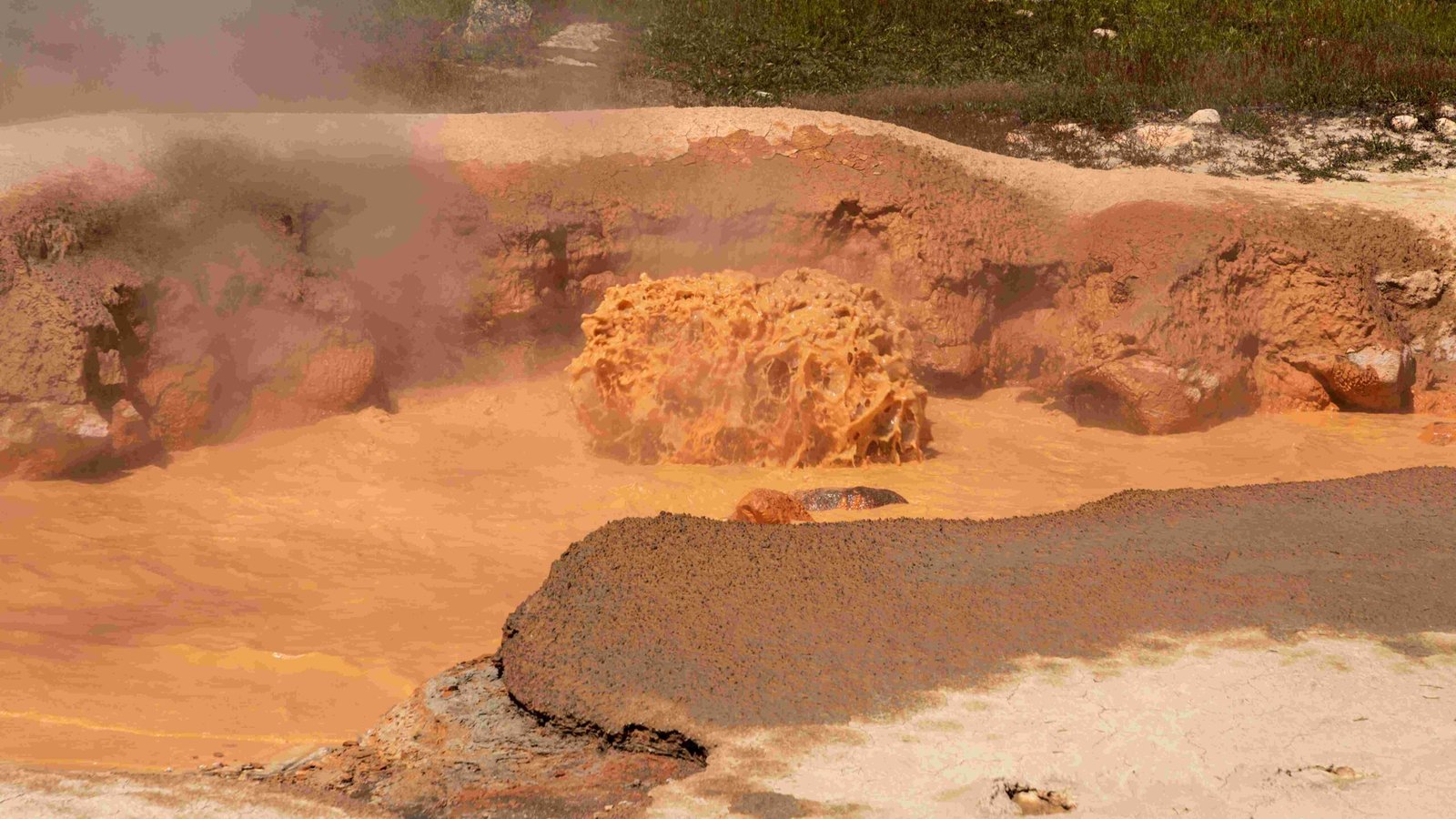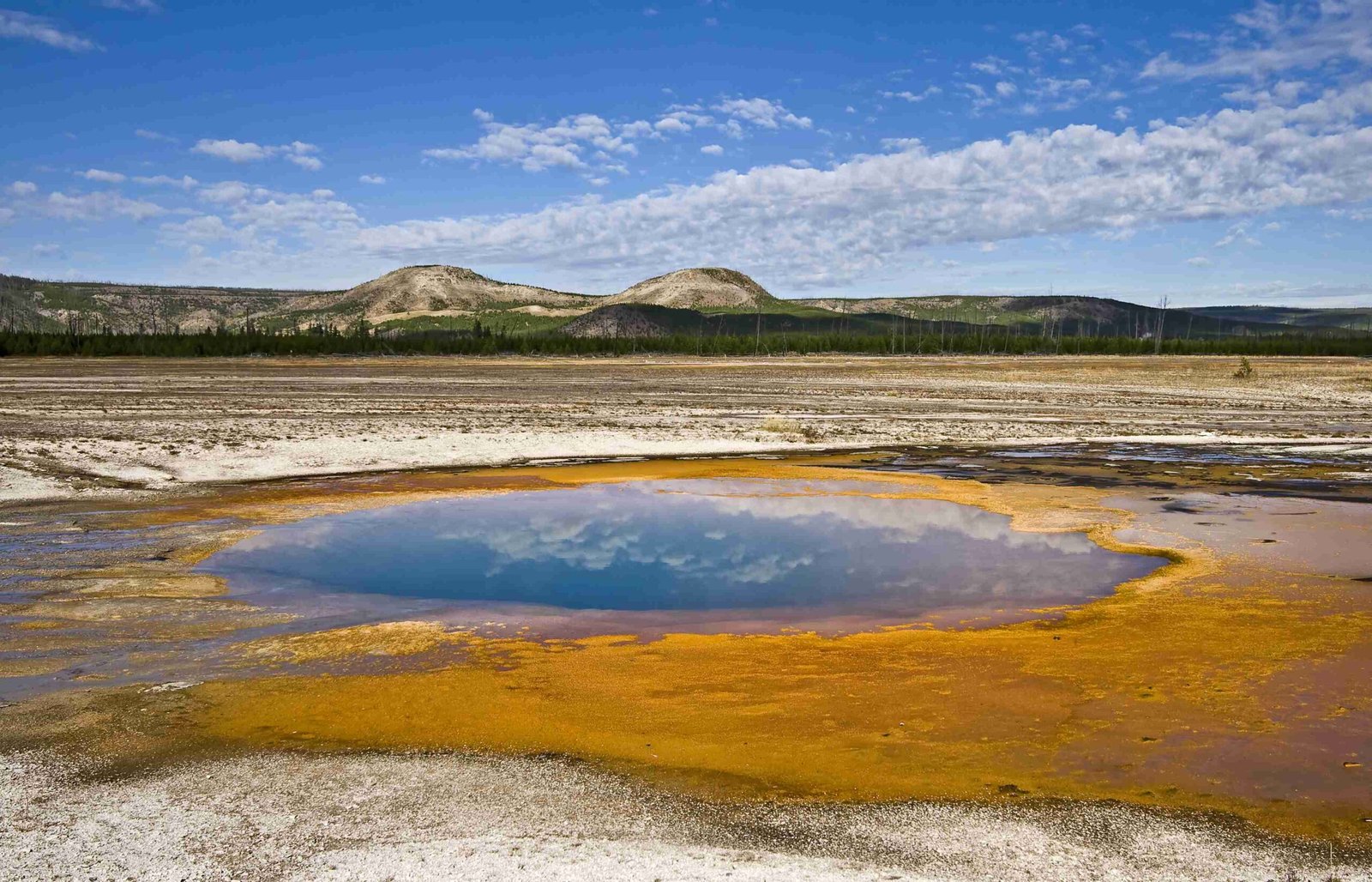Yellowstone National Park’s water systems are influenced by various abiotic factors, including geothermal activity, hydrology, and climate. These factors shape the park’s unique aquatic ecosystems, affecting water chemistry, temperature, and flow rates. Understanding these abiotic factors is crucial for maintaining the park’s ecological balance and preserving its diverse aquatic life.
What Are the Key Water Chemistry Factors in Yellowstone National Park?

The water chemistry in Yellowstone National Park is complex and varied, influenced by several abiotic factors:
- pH Levels
- Dissolved Oxygen
- Nutrient Concentrations
- Geothermal Influences
pH Levels and Dissolved Oxygen
The park’s water bodies exhibit a wide range of pH levels due to geothermal activity. For example:
- Some hot springs have extremely acidic pH levels (as low as 2)
- Other water bodies maintain neutral to slightly alkaline pH
Dissolved oxygen levels are critical for aquatic life but can vary significantly across the park’s water systems.
Nutrient Concentrations
Nutrient inputs from various sources affect water chemistry:
- Terrestrial runoff
- Geothermal activities
- Atmospheric deposition
These inputs can lead to higher dissolved ion concentrations in certain water bodies.
How Does Hydrology Impact Yellowstone’s Water Systems?

Yellowstone’s hydrology plays a crucial role in shaping its water systems:
Flow Rates of Rivers and Streams
- The Yellowstone River and its tributaries have varying flow rates
- Reese Creek’s flow is regulated to maintain a minimum of 1.306 ft³/sec from April 15 to October 15
Watershed Areas
Yellowstone contains:
- Over 2,500 miles of running water
- More than 1,000 rivers and streams
- Self-contained watersheds within park boundaries
This self-containment helps minimize external human impacts on the park’s water systems.
What Are the Temperature Variations in Yellowstone’s Water Bodies?
Water temperature in Yellowstone varies due to several factors:
- Seasonal changes
- Geothermal activity
- Elevation differences
Seasonal Averages
- Summer: Higher temperatures in surface waters
- Winter: Ice cover on many lakes and streams
Geothermal Influence
Geothermal features can significantly affect water temperatures:
- Hot springs: Temperatures can exceed 200°F (93°C)
- Geothermally influenced streams: Warmer than surrounding water bodies
How Do Abiotic Factors Affect Aquatic Ecosystems in Yellowstone?
Abiotic factors shape Yellowstone’s diverse aquatic ecosystems:
Species Diversity
- Diatoms: Predominant algae in montane streams
- Charophyta (stoneworts): Present in various water bodies
Habitat Types
Yellowstone’s aquatic habitats include:
- Lakes (e.g., Yellowstone, Lewis, Shoshone, Heart)
- Rivers and streams
- Wetlands
- Geothermal features (hot springs, geysers)
These diverse habitats support a wide range of aquatic life adapted to specific abiotic conditions.
What Challenges Do Abiotic Factors Pose to Yellowstone’s Water Systems?
Abiotic factors present several challenges to Yellowstone’s water systems:
Geothermal Influence
- Higher arsenic levels in some water bodies
- Extreme temperatures in geothermal features
Climate Change
Climate change impacts include:
- Increasing water temperatures
- Changes in precipitation patterns
- Altered flow regimes in rivers and streams
Human Activities
Although limited, human activities can affect water quality:
- Road construction
- Atmospheric deposition
- Potential sewage spills
How Is Water Quality Monitored in Yellowstone National Park?
Water quality monitoring in Yellowstone is comprehensive:
- Long-term monitoring since 2002
- Standardized data collection at fixed sites
- Evaluation of ecosystem health and potential stressors
Monitoring Parameters
Key parameters monitored include:
- Temperature
- pH
- Dissolved oxygen
- Nutrient levels
- Contaminants (e.g., arsenic)
What Are the Unique Abiotic Features of Yellowstone’s Major Water Bodies?
Yellowstone’s major water bodies have distinct abiotic features:
Yellowstone Lake
- Largest high-elevation lake in North America
- Average depth: 139 feet (42 meters)
- Geothermally active lake bottom
Firehole River
- Significantly influenced by geothermal runoff
- Higher temperatures and mineral content
Madison River
- Formed by the confluence of the Firehole and Gibbon Rivers
- Known for its excellent trout habitat
How Do Abiotic Factors Influence Recreational Activities in Yellowstone?
Abiotic factors impact various recreational activities in Yellowstone:
Fishing
- Water temperature affects fish distribution and activity
- Some areas may have fishing restrictions due to water quality issues
Boating
- Limited to certain lakes and rivers
- Restrictions based on water conditions and conservation efforts
Hot Springs Viewing
- Geothermal features attract millions of visitors annually
- Safety measures in place due to extreme temperatures and unstable ground
In conclusion, the abiotic factors of Yellowstone National Park’s water systems play a crucial role in shaping its unique ecosystems. Understanding these factors is essential for conservation efforts and maintaining the park’s ecological balance.
References:
1. Water – Yellowstone National Park
2. Environmental Setting of the Yellowstone River Basin, Stream Ecology
3. Cycles and Processes – Yellowstone National Park (U.S. National Park Service)

